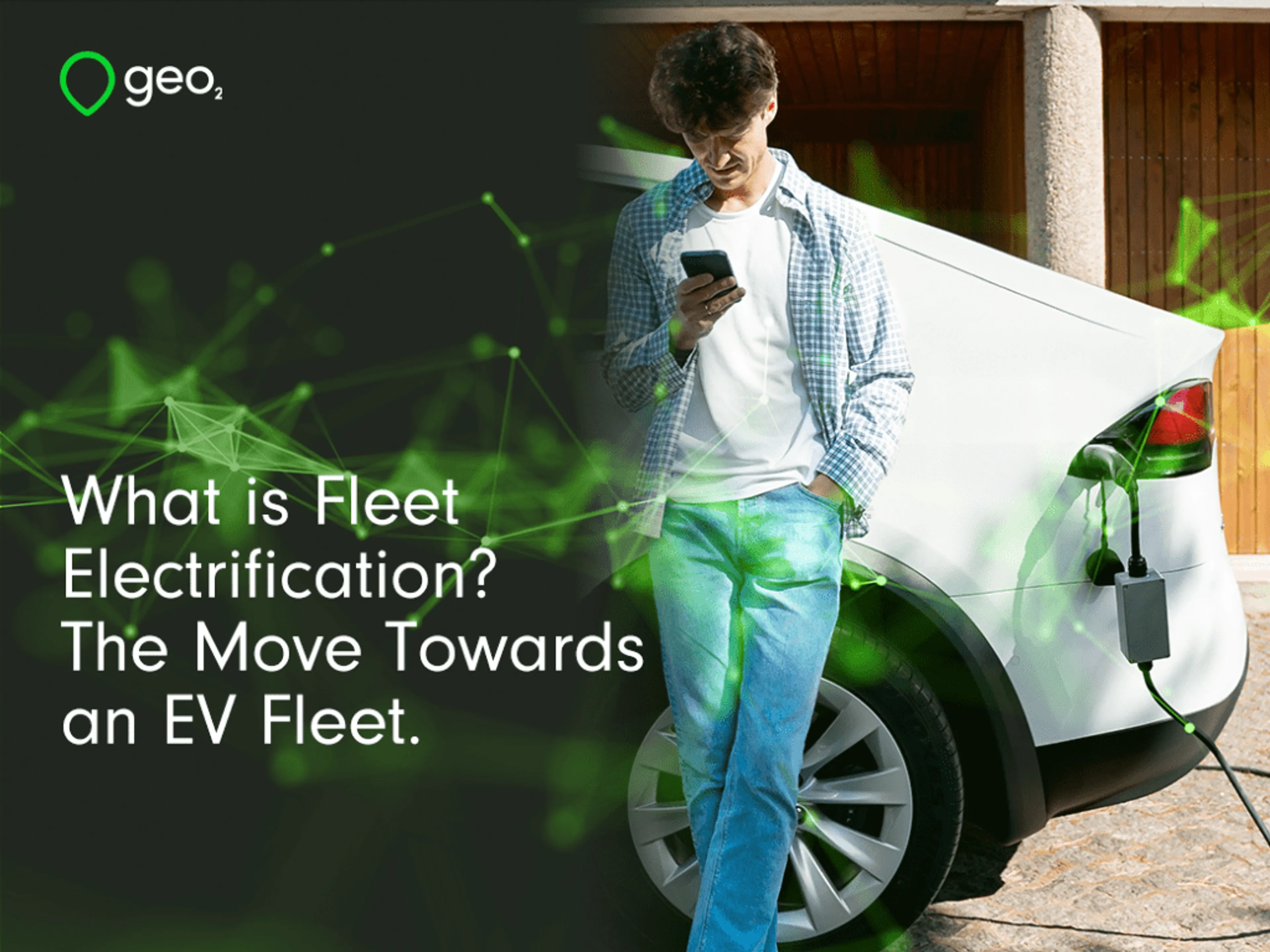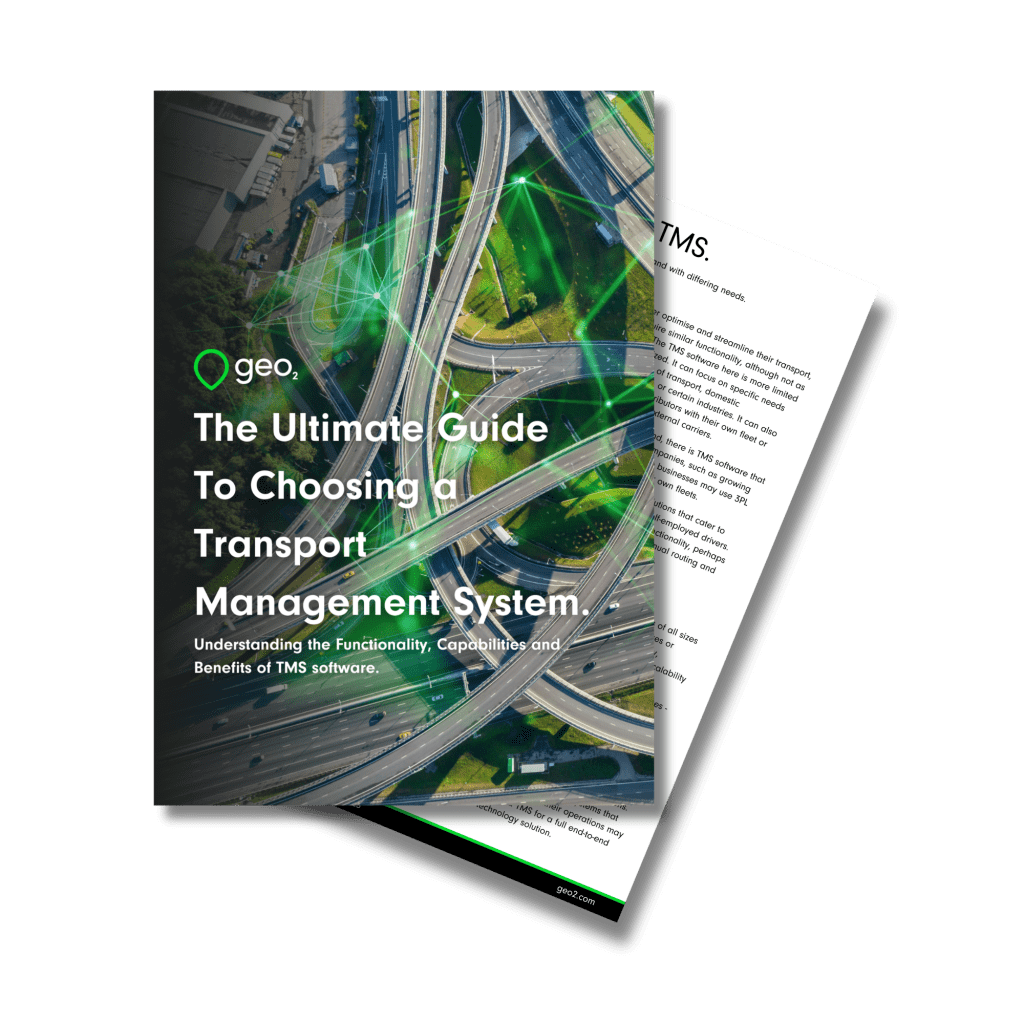
What is Fleet Electrification? The Move Towards an EV Fleet.
Fleet electrification is a transformative trend that is reshaping commercial transportation and the world of logistics. It has been hailed as a game-changer for businesses and the environment alike, but for distributors managing their own fleets, the decision to move to electric vehicles needs careful consideration. Here, we examine what fleet electrification is and take a closer look at the benefits and drawbacks for distribution businesses looking to make the switch to electric.
Introduction.
Fleet electrification is a transformative trend that is reshaping commercial transportation and the world of logistics. It has been hailed as a game-changer for businesses and the environment alike, but for distributors managing their own fleets, the decision to move to electric vehicles needs careful consideration. Here, we examine what fleet electrification is and take a closer look at the benefits and drawbacks for distribution businesses looking to make the switch to electric.
Need help choosing a TMS?
Download the Free Guide Now.

What is Fleet Electrification?
Fleet electrification is the process of replacing a company’s conventional combustion engine vehicles – those that use fossil fuels like petrol and diesel – with electric vehicles (EVs). Transitioning your fleet of HGVs and delivery vans to fully electric vehicles is a simple concept, but there are a number of factors to consider. You will need to weigh up the impacts that electrification might have on your capital expenditure budget and ongoing operating costs. Plus, you need to take account of local legislation and targets for working towards vehicle electrification as well as factoring in what progress your country has made in charging infrastructure, as well as its future plans.
Types of Commercial Vehicles That Can be Electrified.
A variety of commercial vehicles can be electrified, including delivery vans, buses, taxis and even lorries. In recent years, fleet managers have particularly focused on electrifying their last-mile delivery vehicles, as these are often used in urban areas where congestion can mean increased fuel consumption – as well as high levels of pollution that can impact the environment. Electric delivery vans have therefore become increasingly popular. Major companies such as Amazon and DHL have invested in large fleets of electric vehicles. The vans they use typically make short journeys within urban areas. Air pollution here is a major concern and these vehicles can be charged overnight and then used throughout the day, providing a quiet and emissions-free mode of goods transportation. It's not just light commercial vehicles that have been targeted for electrification. Manufacturers have developed electric versions of many larger vehicles, including bin lorries and HGVs. These vehicles present more of a challenge due to their large size and weight. However, it is possible to use electrified lorries for long-haul journeys. They typically have larger batteries and longer ranges than smaller electric vehicles. This allows them to travel further without having to recharge them.
Trends in Fleet Electrification.
The transition to a electric vehicle fleets is being driven by several factors. These factors include concerns over the environmental impacts of using fossil fuels, the potential cost savings that delivery businesses can make. In some places, it is the generous government incentives that are available. Many countries are making strides in encouraging the adoption of electric vehicles. At the COP26 climate summit in 2021, two major global initiatives were launched that promote the electrification of road-based commercial vehicles. Since then, hundreds of governments, manufacturers and fleet owners have committed to a declaration and a global memorandum. These establish targets for the proportion of newly sold vans and HGVs that must be zero-emission. While these are stated ambitions, several countries have already begun to introduce policies, financial incentives and legislation that encourage the adoption of electric vehicles. These include tax benefits, grants and subsidies for EV purchases, along with exemptions from road tolls and congestion charges.
Benefits of an Electric Vehicle Fleet.
There are some compelling reasons to electrify your fleet. One of the most significant benefits of fleet electrification is the potential to make savings on your operating costs. Although the upfront costs are higher, electric vehicles often have lower operating costs over their lifespan. Electric vehicles are typically cheaper both to run and maintain than their diesel or petrol counterparts. Given the considerable mileages of delivery fleets, the transition to electric vehicles could yield you substantial long-term savings. There are environmental benefits, too. Electric vehicles produce no exhaust emissions, thereby significantly improving air quality. This cleaner alternative to traditional vehicles makes for a non-polluting and healthier environment for all. Electrifying your fleet can enhance your company’s image by demonstrating a commitment to sustainability and to reducing your environmental impact. Showing that you are actively playing your part in tackling climate change is an increasingly important objective for businesses.
Drawbacks of and Electric Vehicle Fleet.
Electric vans and HGVs typically cost more to buy than their petrol and diesel equivalents. A Vauxhall van in the UK, for example, costs around £5,000 more than the same diesel model. This obviously impacts capital expenditure budgets and if you have a large fleet, such a considerable outlay may prevent you from converting your fleet all at once. However, leasing rather than purchasing can provide a solution. Although the monthly amount for the vehicle itself is higher, overall you will save money, since electricity and maintenance costs are lower. Another drawback of running EVs is that they have a limited driving range compared with conventionally powered vehicles. Most electric vans have a range of around 100 to 220 miles, which reduces in cold weather and also when you use the heater and air conditioning. If your drivers are regularly driving several hundred miles a day, then you need to consider how much of their day will be spent recharging the vehicle batteries – and whether this represents too much time for your operation. If your drivers average more than about 100 miles a day, then electrification may not be viable for you currently. However, battery technology is always advancing and with improvements in energy density, charging speed and lifespan, electric vehicles are set to become a more viable option for fleet operations. The charging infrastructure is another consideration. Many countries have been slow to implement public charging points, which may have an impact on how far your drivers can travel. Equally, you will need adequate charging stations at your depots and warehouses, which can be a significant financial investment, especially if you have a large fleet. However, as more fleets are going electric, the demand for charging infrastructure is increasing, and so governments and other organisations are working to expand public charging networks.
Weighing Up the Switch to an Electric Vehicle Fleet.
Fleet electrification is a significant step towards a more sustainable future, offering benefits such as reduced operating costs, improved air quality and a greener corporate image. However, it also has its challenges, including higher initial expenditure, driving range limitations and the lack of adequate charging infrastructure. These considerations, along with the evolving landscape of legislation, technology and infrastructure, make the decision to switch to an electric fleet a nuanced one. Maybe you have already decided to embrace the trend towards fleet electrification and be ready to seize the opportunities it brings. But be prepared also to navigate the unique complexities and challenges it may present for your own fleet. To run your delivery fleet more effectively and to save mileage costs – regardless of the power source you use – try Geo2 for free today.
Why Consider Geo2?
Geo2 is a cloud-based system, with an app and web platform that was developed by Springboard Applications, a subsidiary of Balloon One. It is a scalable system that can be used by a wide range of businesses, from independent delivery drivers, right up to enterprises and 3PLs that manage their own fleets. Here is a summary of the main features and benefits:
- Sophisticated route planning and optimisation
- Cloud-based system accessible via the web
- Mobile driver app (Android and iOS)
- Proof of delivery
- Status updates and notifications
- Real-time fleet tracking
- API for integration with ERP, WMS and other supply chain software
- Fully scalable
- Subscription-based pricing
- Free version for single users
Geo2 is designed to help you make the most deliveries in the shortest amount of time, while minimising costs and fuel consumption.





